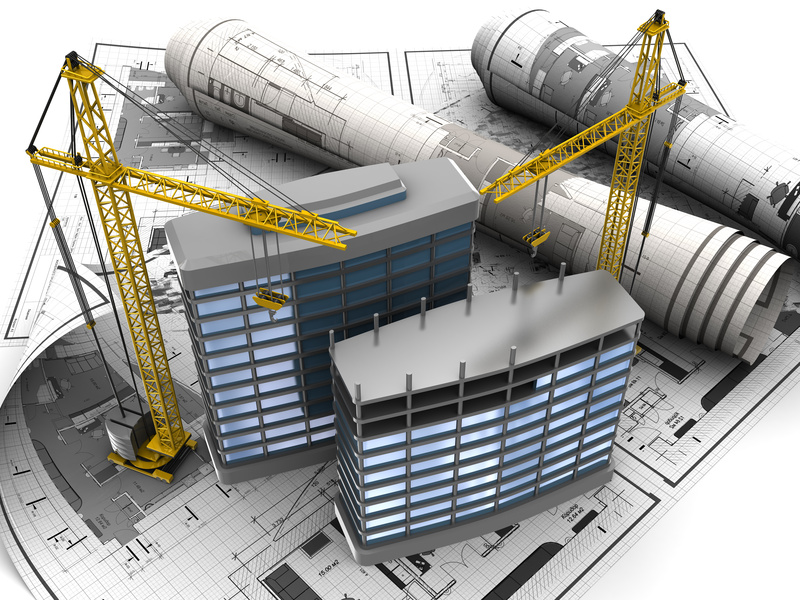
One of the most important elements of a construction job is maximizing worker’s safety onsite. Working with heavy machinery and at great heights naturally presents the potential for accidents. However, there are steps that every construction company takes to ensure the best safety on their worksite. It seems these steps are working: the number of fatally injured construction workers has dropped by about 200 people from 2008 to 2013. Some ways construction companies regulate safety is by requiring workers to take safety training, know how to use fall protection equipment, and know how to best use the resources they have on hand. For example, accessories like lifting chains can reduce strain or possible accidents on the job.
Additionally, OSHA (Occupational Safety and Health Act of 1970) oversees safety regulations and assists in making sure they are enforced. They conduct routine safety inspections and equipment inspections, as well as create safety regulations.
Safety Training
Safety training is one of the most important elements of safety education. OSHA recommends that construction companies instruct their employees in three different kinds of safety: slip, trip, and fall. There are some common sense aspects that everyone should follow, like wearing hard hats and/or steel toed boots onsite. Another safety measure is hazard recognition training. If workers know the signs of a potentially dangerous situation, the chances are greater that they’ll be able to avoid it. Workers should also know how to care for and how to safely use ladders, scaffolds, fall protection systems, and any other equipment they’ll come into contact with. Workers are often also required to take fall protection courses.
Fall Protection Equipment
Fall protection equipment is a huge aspect of safety training. Since so much of construction work involves working from a considerable height, numerous types of fall protection equipment have been developed. Some of the more common types are guardrail systems, safety net systems, and personal fall arrest systems. The latter is mandated by OSHA if workers are operating at heights of four feet in general industry, five feet in shipyards, six feet in construction, and eight feet in longshoring work. They have three main parts: an anchorage piece/a connector to the anchorage, body wear, and a device that connects to that.
Equipment Knowledge
If workers know how to maximize their equipment, they can avoid accident or injury. Knowing the uses and limitations of the equipment is extremely important. For example, there are multiple kinds of slings–web slings, lifting slings, etc.– and lifting chains that each have a specific function. Different lifting chains will be used with different slings and each can carry a different weight. Using this incorrectly could be very dangerous. This is also important because many accidents on a construction site are due to faulty or bad quality equipment.
It’s easy to maximize worker safety on a job site. as long as companies take the time and resources to do so. Taking steps to conduct safety training, invest in good quality equipment, and protective equipment can lead to a happier and healthier workplace.
